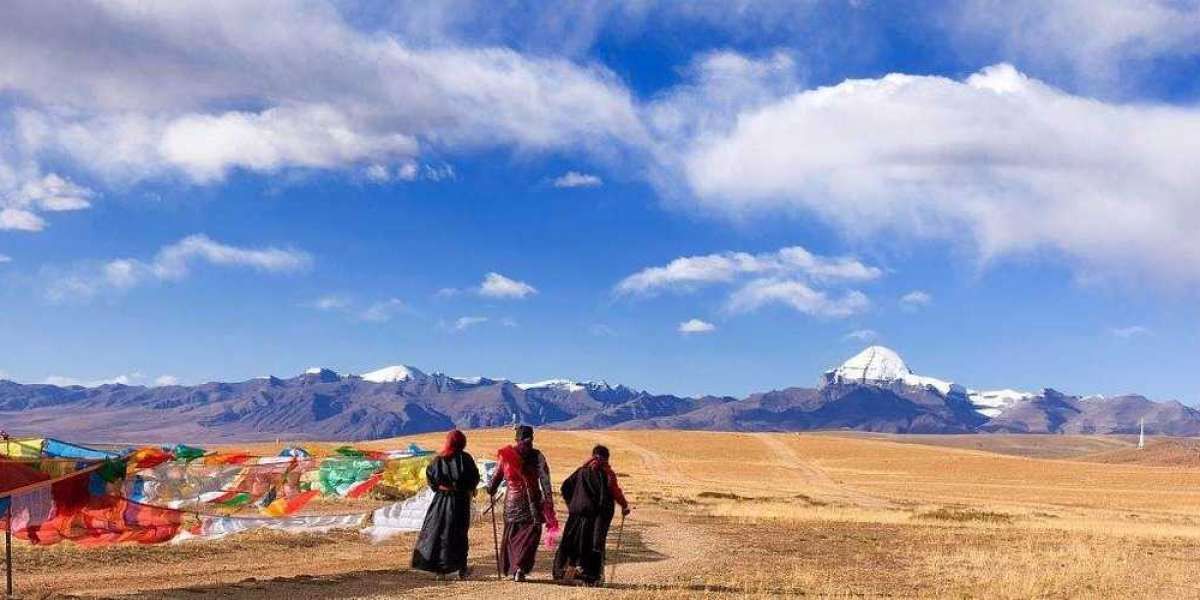It is believed that under the pressure of living conditions, Nepalese monks can only eat the "five kinds of pure flesh" to maintain their lives; no suspicious killing: not killed specifically for themselves; no killing: no scene of being killed; no killing Hear the sound of killing; bird remnant: leftover meat leftover by wild beasts; self-death: dead animal carcass.
The vegetarian habit of Chinese Buddhism is unlike that of the Buddhist monk diet but it is absolutely not allowed to exclude Buddhists from certain places or sects of Buddhism just because they eat meat, and then slander that they do not believe in Buddhism. . The specific causes of each region and each person cannot be generalized. What's more, for some practitioners, their various behaviors have their own deep and deep intentions. Before reaching their realm of cultivation, it is best not to be arrogant. Make your own guesses and make assertions lightly that what do monks do.
For example, the Jigong monk in the Han region has eaten dog meat. Many people who have reached enlightenment eat meat with a heart that ordinary people cannot understand. They use some incomprehensible ways to return to superb sentient beings who have a special relationship with themselves. These behaviors are impossible for us. Make a correct evaluation.
Tibet is located on the Qinghai-Tibet Plateau. As a vast area existing on the roof of the world, remote traffic conditions have kept it almost completely isolated from the outside world for more than a thousand years. In addition, the harsh natural conditions here, such as high altitude, high-temperature difference, hypoxia, severe cold, permafrost, and other factors, make the crops suitable for survival on this land few and small, and the number is very small. Restricted by these unfavorable factors, Tibetan monks still use highland barley and tsampa as their main food sources in daily life. Without vegetables and grains, some monks have begun to eat limited meat. Natural conditions can no longer allow them to eat. Make another choice. This is the original intention of Tibetan Buddhist monks to eat meat.








